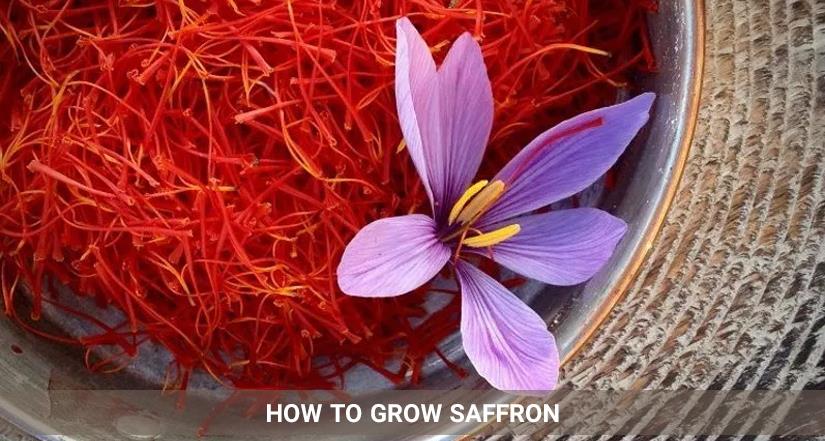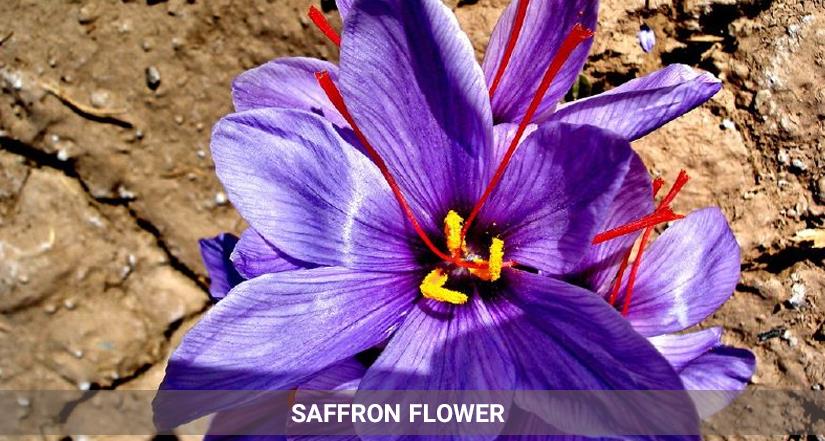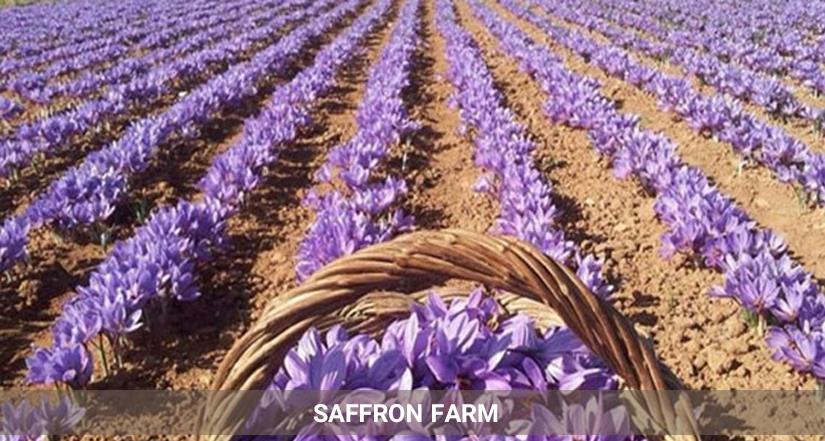During our trips visiting customers we have beheld numerous various growing techniques and vital steps to be taken before starting a new Saffron (Crocus Sativus) bulb crop.

Growing Saffron Bulbs
Growing Saffron is not an extremely demanding method, however; some steps are important to take into account.
Normally,saffron is planted in light soil fields, with good drainage and without any flooding problems, which have been already used for other cultivations with no signs of illness to prevent phytosanitary problems. It is always good to begin with a fresh location with no prior cultivation for up to two years.

The most serious problems are those caused by the presence of Fusarium oxysporum funguses f. sp. Gladioli, Rhizoctonia croccorum and Rhizoctonia violacea Tul, as well as acarina Rhizoglyphus.
In Spain we have seen a Saffron bulb disinfection being carried out prior planting to mitigate the risk of fungus. There are fungicide solutions available on the market nowadays also on an organic basis.

It is crucial to dry the Saffron bulbs after the fungicide treatment. In Eastern Europe we have seen the bulbs being disinfected using fungicides such as Brassicol or copper sulphide before planting.
Saffron Bulbs storage
The Crocus Sativus bulbs need to be kept in a dry, well ventilated environment. Even though the bulbs seem dormant, saffron bulbs are a nature product and very much alive.
Just like other dry flower bulbs such as Tulips & Hyacinths,Crocus Sativus bulbs need to be able to ‘breath’ when above the ground.

The doors should be open up to provide fresh air and plenty of continuous air movement when stored in a warehouse. Saffron bulbs stored under the wrong conditions become sensitive for fungus which could impact your crop. Between 20–25 degrees Celsius (70–80F) would be the best storage Temperature.
Preparing the Saffron field is a task of preparing the field for a cultivation of multiple years harvesting on the same field. The soil is being prepared by using tractors and a vibrating cylinder to loosen up the soil.

We have seen cultivation preparation being carried out by horses in the U.S.A. with the Amish community in the state of Pennsylvania.
We have seen adding an organic a fertilization of 20–30 kg per hectare of matured manure. According to a research conducted by the EU agricultural department, certain chemicals could be used afterwards like phosphor and potash
Planting depth & spacing of Saffron Bulbs
The planting depth of Crocus Sativus is noteworthy and has a great impact on the flowering yield. 15 to 20 CM (6 to 8 Inches) would be the most common planting depth of Crocus Sativus in Spain & Italy.

Planting density influences the capacity for reproduction of the Crocus Sativus bulb. Reproduction of Crocus Sativus is the process where small bulbs are being formed around the ‘mother’ bulb. The new smaller ‘daughter’ bulbs will all give flowers, hence increased yield of Saffron stigmas.
For a production of up to 4 years, we observed a planting density of 15 CM (6 Inches) in Spain and Italy. This planting density gets lower to approximately 60 bulbs per m2 by using a 10/+ CM size of Saffron bulb. Basically, planting 600,000 bulbs per hectare is a fair estimate to provide a planting plan.
Saffron bulbs grow well under extreme weather conditions. Saffron bulbs like cold winters combined with hot and dry summers. The Saffron crop could use water in the Spring time when the reproduction of the Crocus Sativus occurs and flowering time in the Fall. All other periods during the year low quantities of water is needed for Saffron bulbs.
Land preparation of Saffron Fields
Reducing the weeds from the land is important. Weeds can disturb the reproduction process and potentially bring in potential illnesses. The weeds are still eradicated by hand In most countries. Be careful as not to damage or harm the Saffron bulbs in case of mechanical weed removal.

In most cases the land is prepared by professional Saffron growers about one month before the Saffron flowering season. Usually the month of September is being used to remove all the weeds and the surface of the soil is being grubbed in order to break the crust. It is vital to plan and prepare well for your Saffron harvest.
The flowering period of Saffron flowers is short and once the Saffron flowers are exposed to bad weather conditions, flowers could lose their properties for a longer period of time.
Harvesting Saffron
Flowering periods of Saffron flowers rely on climate conditions. In La Mancha, Spain, We see the flowering starting mid October. The flowering period of Saffron flowers usually last for about 10–15 days. In the first five days of flowering, the majority of the Saffron flowers are harvested.
Although we are living in modern times, the tradition of harvesting Saffron flowers tells us that in most cases the harvesting is still being carried out by hand. The Saffron flower is cut at the lower part of its corolla. In most cases in order to reduce the pressure and damaging of the Saffron flower, the flowers are carefully placed in a basket.
The Saffron price also mainly depends on the harvesting cost, according to the estimations, an average worker is able to harvest and collect 8 to 16 kg of flowers per day. Harvesting the Saffron flowers is a time consuming job and it can definitely impact the yield of your Saffron harvest.harvesting flowers

We have seen different methods of harvesting whereby the worker is being placed in a more convenient position for example being able to collect the Saffron flowers while lying or sitting. the Saffron yield is influenced by all these enhanced growing and harvesting techniques.
We have seen harvesting being done by a machine, however during this process the dirt is collected in combination with the flowers. The dirt could cause a certain loss of your Saffron harvest by harming the Saffron flower and its stigmas.
source : how to grow saffron